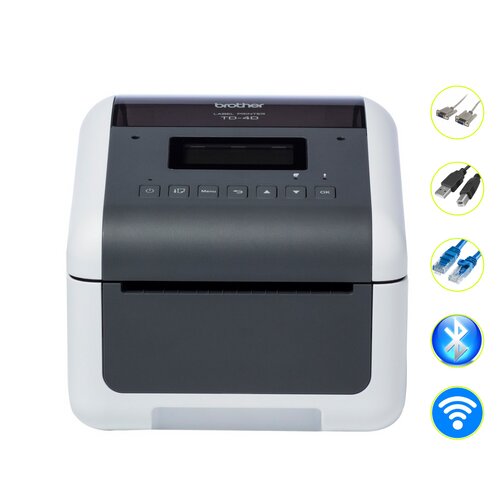SMD LED Screen – Features, Applications and Benefits

The term “SMD” stands for Surface Mounted Device. It refers to the mounting method used in manufacturing electronic devices such as LEDs. In contrast with traditional methods like soldering or welding which require a lot of manual labor; SMDs are mounted on printed circuit boards using automated equipment. This makes them more cost-effective than other types of displays. Therefore, this article seeks to give everything you’d want to know about SMD LED screens.
What is an SMD LED screen?
SMD screen refers to an array of light-emitting diodes. These tiny lights can be arranged into various patterns that create images. They’re also known as flat panel displays because they have no curved edges, unlike LCD screens.
Types of SMD LED Display
There are different types of SMD LED displays.
1. Direct In-line Package
This type of SMD LED display has its own power supply unit. It’s usually made up of two parts – one part contains all the electronics while the second part holds the driver circuitry. Both these components need to be connected together by wires. In addition, there will be some kind of heat sink attached to it so that the device doesn’t overheat.
Why consider Direct In-line Package
It offers better performance compared to other types of SMD LED displays. Also, it provides higher brightness levels at lower voltages. However, it requires additional space since there will be extra wiring between the two separate units.
2. Surface Mounted Diode
It consists of a single diode chip. Unlike direct in-line packages where there are multiple chips, surface mount technology only requires a single component. However, it needs external drivers to operate. In addition, it doesn’t offer any flexibility when it comes to design.
Why consider Surface Mounted Diode
They offer high resolution and low energy consumption. Moreover, their lifespan is longer than other types of SMD displays. But, they don’t provide good color reproduction.
3. COB LED Display Screen
COB stands for Chip On Board. It means that the entire display is built onto a board instead of being separated from it. There are several advantages associated with this type of SMD LED screen. For example, it allows manufacturers to make smaller products without compromising quality. Another advantage is that it reduces overall weight. Furthermore, it saves time and money.
Why choose COB LED Display Screen?
COB LED Display Screen is cheaper than others. It consumes less electricity too. And lastly, it produces brighter colors.
The applications and uses of SMD LED screen
LED screens come in handy whenever we wish to show information about our product or service. Here are some examples:
1. Showing prices
You can use SMD LED screen to show your price range. You’ll find many ways to do this. One way would be to place the number of items available along with their respective prices right next to each item. Or else, you could simply put the total amount of money required to purchase all the items displayed. Another option would be to add a bar graph showing how much profit you’ve earned after selling every item.
2. Advertising messages on SMD LED screen
If you want to advertise something, then SMD LED screen is what you should go for. This is especially true if you plan to target people who frequent shopping malls. If you sell clothes, then you might want to install a message saying “Free Shipping” near the entrance of the mall. Similarly, if you run a restaurant, you may want to post a sign advertising discounts during lunchtime hours.
3. Indicating how many items left in stock
In case you have an online store, then you’d probably like to let customers know how many more items remain in stock. A simple text stating “Only 10 remaining!” would suffice. Alternatively, you could also include images of empty shelves.
4. Promoting special events
When planning a party, you may want to promote it using SMD LED screen. You could either create a banner displaying the event details or just write out the date and location of the event. Additionally, you could even play music while doing so.
5. Industrial and domestic lighting systems
There’s no doubt that the outdoor SMD screen has become one of the most popular choices among designers looking to build industrial and residential lighting systems. They’re easy to assemble and maintain. Plus, they consume very little power.
6. Digital signage
Digital Signage refers to electronic billboards which display advertisements and promotional material. These signs usually consist of large LCD panels mounted on walls or ceilings. While these devices work well, they require constant maintenance. In contrast, SMD LED displays offer excellent performance at a low cost. Moreover, they don’t need any kind of electrical wiring. Therefore, they’re ideal for indoor environments such as retail stores, restaurants, hotels, banks, airports, etc.
Recommended Article: What is IVF?




